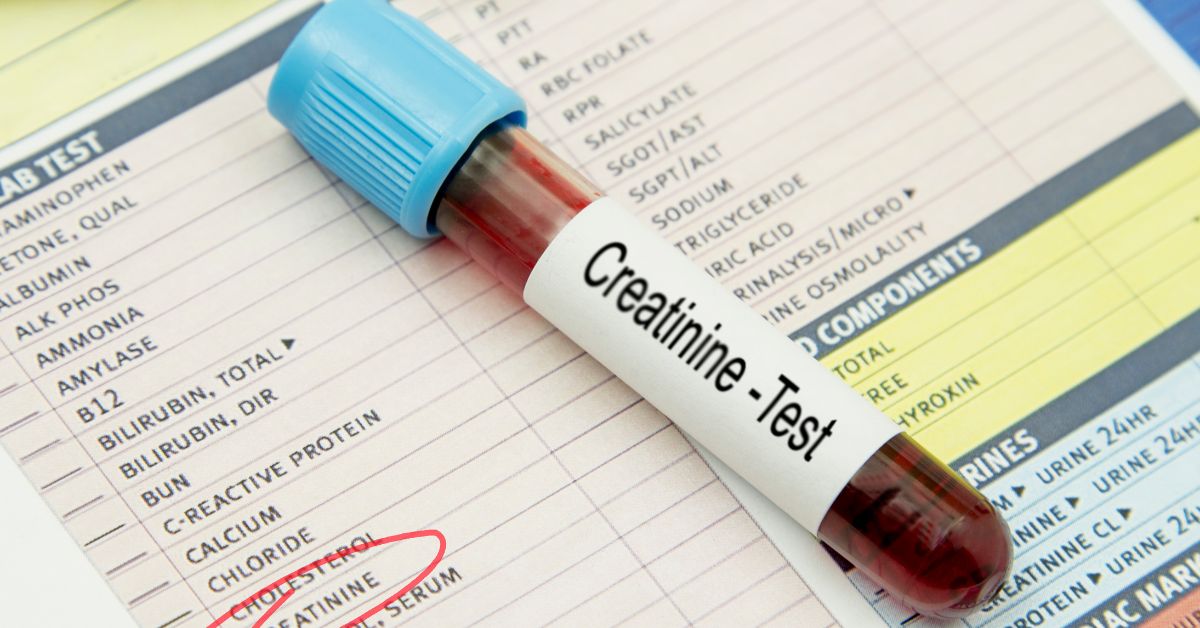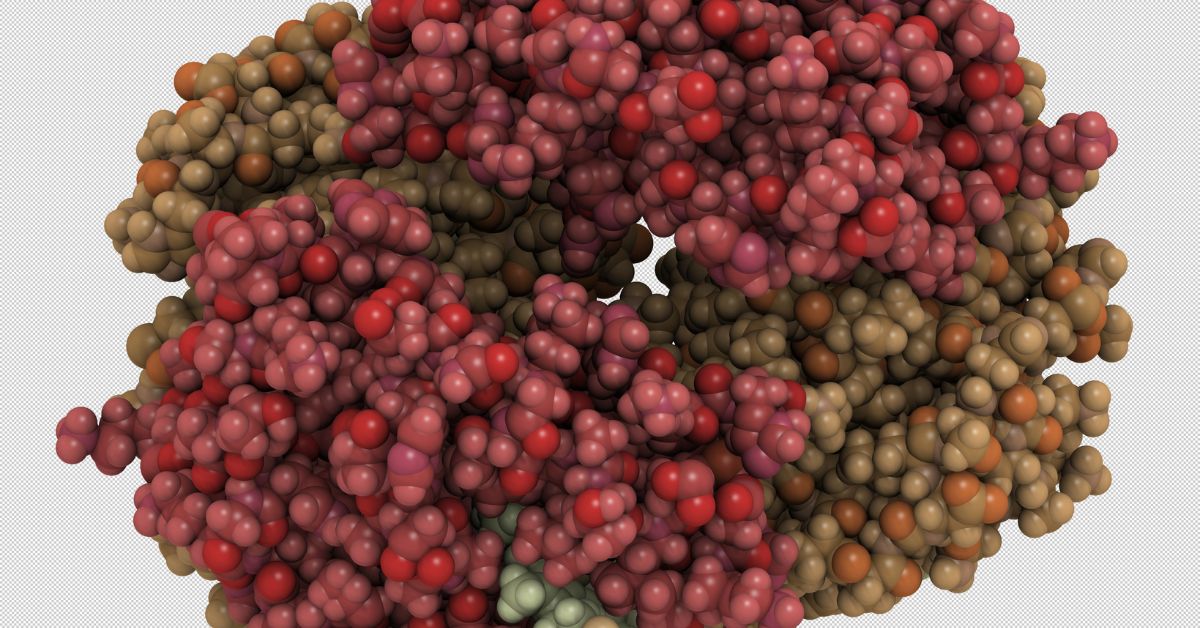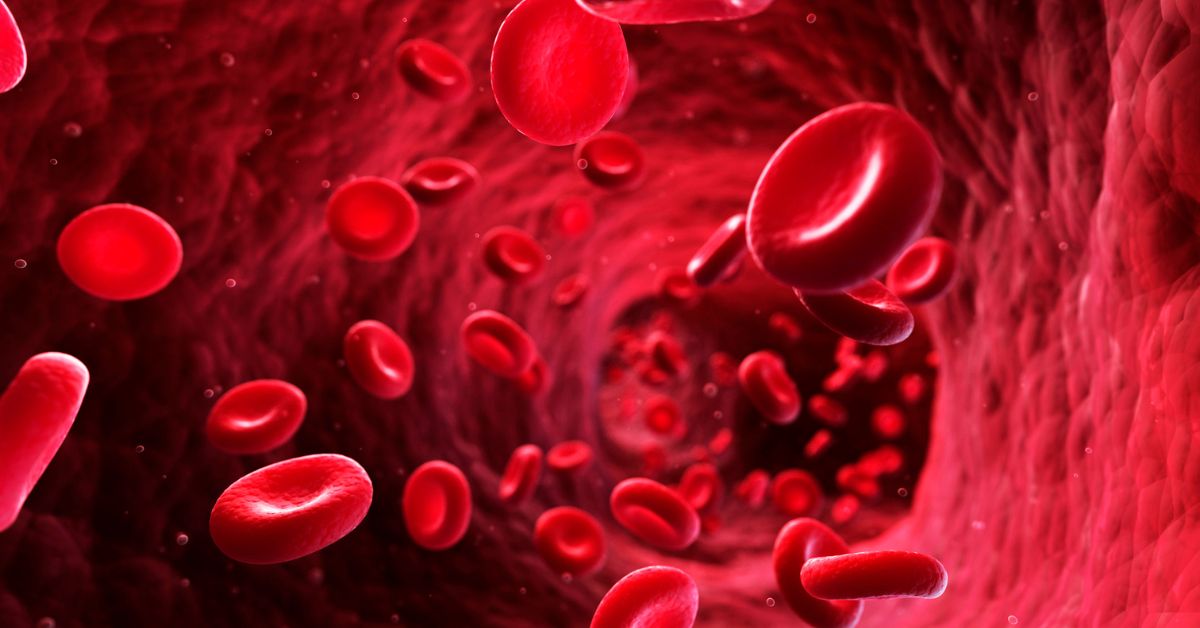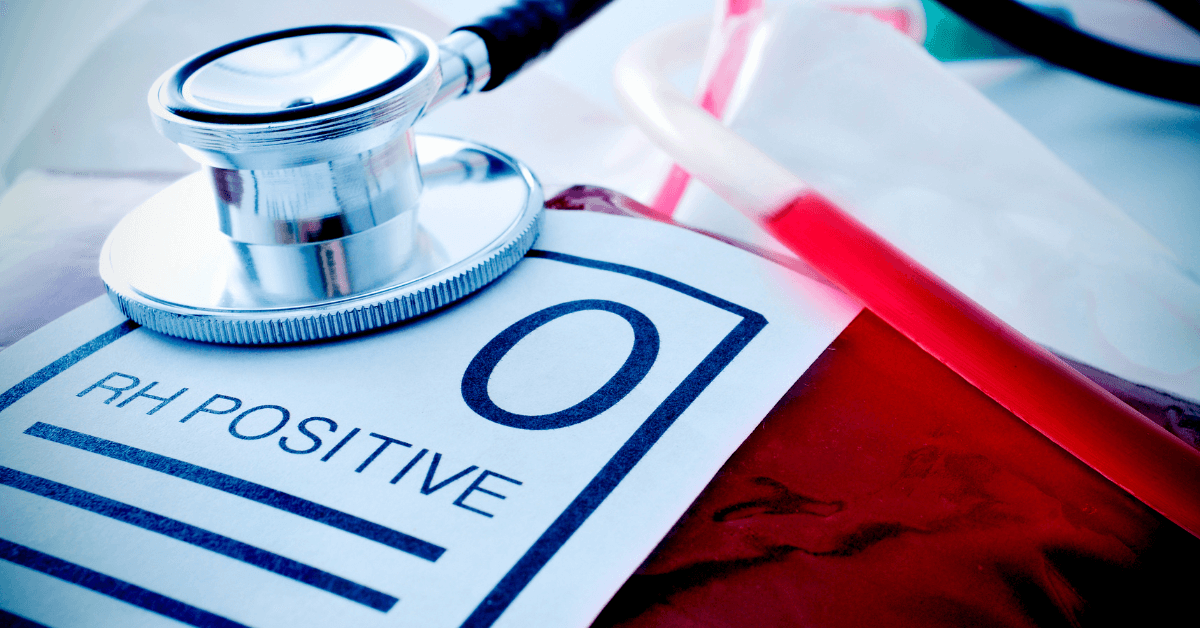Bleeding wounds are a common occurrence, ranging from minor scrapes to severe injuries. Knowing how to properly administer first aid steps for bleeding wounds not only helps to stop bleeding promptly but also prevents infection and promotes healing.
Types of bleeding wounds
- Abrasions: Surface injuries affecting the outer layer of the skin.
- Lacerations: Open wounds caused by sharp objects.
- Incisions: Similar to lacerations but often with uneven edges.
- Puncture wounds: Deep, narrow wounds with a risk of foreign object retention.
Treating bleeding wounds at home: detailed steps
First aid for bleeding wounds at home: step-by-step guide
- Safety first: Wear medical gloves, if available, to prevent contamination.
- Clean hands – administer first aid for bleeding wounds: Before and after administering first aid to limit bacterial spread.
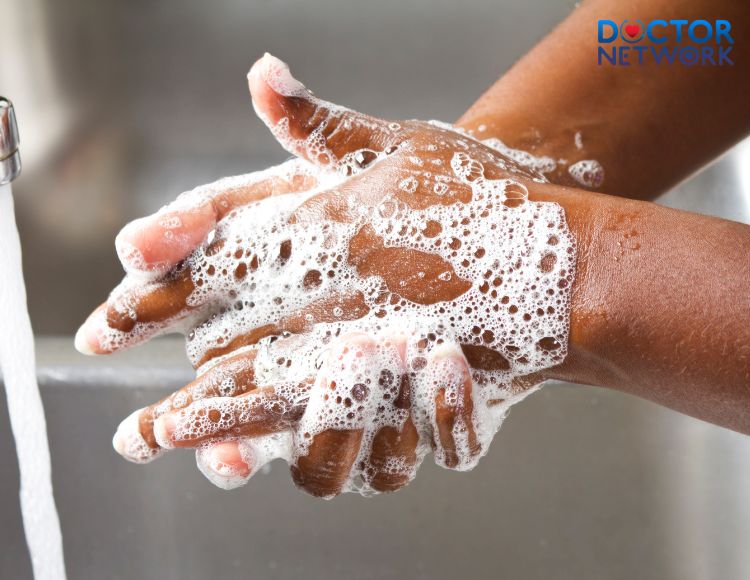
- Assess the condition: Identify the type of wound, its location, and severity.
- Effective bleeding control:
- Applying pressure to the wound: Place a clean gauze directly on the wound with moderate pressure for 5-10 minutes.
- Elevate the wound: If on the limb, elevate above heart level.
- Proper wound irrigation – administer first aid for bleeding wounds:
- Use clean water or saline solution to remove small foreign objects.
- Soap may be used around the wound area, avoiding direct contact with the open wound.
- Secure bandaging:
- Use sterile gauze and adhesive bandage to secure the wound, applying moderate pressure.
- Change bandage daily, especially when wet or soiled.
Signs of wound infection to watch for
- Increasing pain
- Swollen, red, warm wound site
- Pus or foul-smelling discharge
- Fever, swollen lymph nodes

Fever and swollen lymph nodes can be signs of wound infection
Preventing tetanus
Tetanus is a severe bacterial infection caused by Clostridium tetani, presenting with muscle stiffness and posing a life-threatening risk. Tetanus vaccination and timely wound management significantly reduce the risk of infection.
First aid for bleeding wounds in children
- Maintain composure and reassure the child to cooperate.
- Follow similar procedures as for adults.
- Seek medical attention if the wound is deep, extensive, or uncontrollably bleeding.
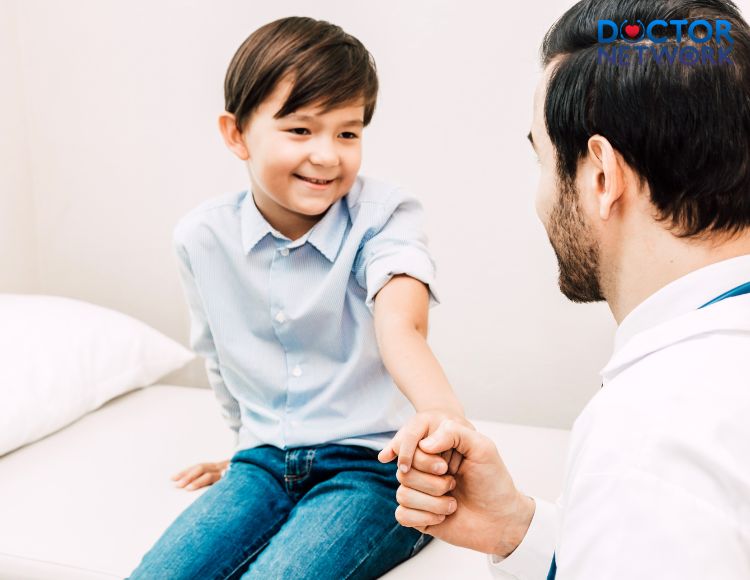
Take your baby to the doctor if the wound is deep, large, or bleeding is uncontrolled
Essential first aid supplies for bleeding wounds
A first aid kit should include: medical gauze, adhesive bandages, saline solution, cotton balls, oxygen, antiseptic solutions, scissors, tweezers, etc.
When to seek hospital care?
Seek immediate hospitalization for:
- Deep, extensive wounds with uncontrolled bleeding.
- Large foreign objects embedded in the wound (glass shards, metal, etc.).
- Signs of severe infection: high fever, fatigue, foul-smelling wound.
- Tetanus immunization but high-risk wound.
Some Questions Related to “First Aid for Bleeding Wounds”
Here are 5 questions related to “first aid for bleeding wounds”:
What should I do if the bleeding is excessive and cannot be controlled?
Answer: If the gauze remains soaked with blood continuously without any signs of reduction after applying direct pressure for 10 minutes, follow these steps:
- Place additional gauze on the same spot without removing the existing one.
- Continue applying firm pressure.
- Call emergency services (911) or take the injured person to the hospital immediately.
Should I use hydrogen peroxide/alcohol to clean the wound?
Answer: It is preferable to use clean water or saline solution to cleanse bleeding open wounds. Hydrogen peroxide and alcohol have antibacterial properties but may cause stinging, slow wound healing, and are less effective in removing foreign objects compared to water.
How often should I change the bandage after dressing the wound?
Answer: It is advisable to change the bandage for bleeding wounds daily or whenever it becomes wet or soiled. This frequency helps to monitor the wound and prevent infection.
Can I remove foreign objects from the wound myself at home?
Answer: Absolutely not. Do not attempt to remove foreign objects, especially large or deeply embedded ones, from sensitive areas. This may increase bleeding, cause additional tissue damage, and raise the risk of infection. Seek medical attention at a healthcare facility.
Is there a way to differentiate between a wound requiring stitches and one that can heal on its own?
Answer: In general, the following cases should be brought for stitches to promote faster wound healing and minimize scarring:
- Deep, wide wounds.
- Uneven wound edges.
- Wounds in highly mobile areas (elbows, knees, etc.).
- Facial wounds (due to cosmetic concerns).
Some scientific evidence on “first aid for bleeding wounds”
Here is some scientific evidence on “first aid for bleeding wounds”:
- A study by Harvard University found that direct pressure can reduce bleeding by up to 95%.
- According to the Mayo Clinic, elevating the position can reduce swelling and promote skin healing.
- Saline solution has a higher antibacterial effectiveness than regular water. (Reference: https://www.ncbi.nlm.nih.gov/pmc/articles/PMC4543117/)
- A study from Boston Children’s Hospital showed that hydrogen peroxide is not more effective than saline solution in wound disinfection. (Reference: https://www.ncbi.nlm.nih.gov/pmc/articles/PMC4434004/)
Administering timely and proper first aid for bleeding wounds is an extremely important skill that can save lives. Stay calm, follow the instructions provided, and do not hesitate to seek professional medical assistance when necessary.
Kiểm Duyệt Nội Dung
More than 10 years of marketing communications experience in the medical and health field.
Successfully deployed marketing communication activities, content development and social networking channels for hospital partners, clinics, doctors and medical professionals across the country.
More than 6 years of experience in organizing and producing leading prestigious medical programs in Vietnam, in collaboration with Ho Chi Minh City Television (HTV). Typical programs include Nhật Ký Blouse Trắng, Bác Sĩ Nói Gì, Alo Bác Sĩ Nghe, Nhật Ký Hạnh Phúc, Vui Khỏe Cùng Con, Bác Sỹ Mẹ, v.v.
Comprehensive cooperation with hundreds of hospitals and clinics, thousands of doctors and medical experts to join hands in building a medical content and service platform on the Doctor Network application.














